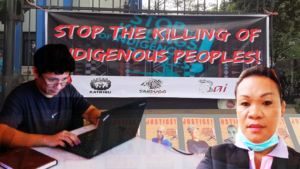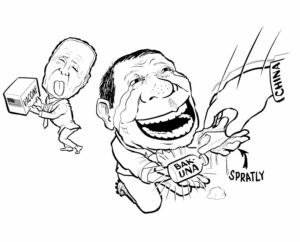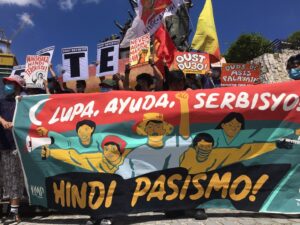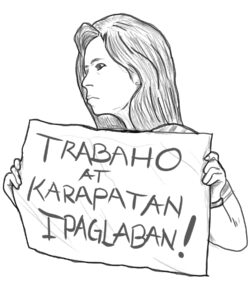Telcos rake in billions during pandemic despite slow service


Telecommunications corporations (telcos) were able to rake in billions of income during the lockdown as the Filipino majority were forced to avail of their poor, slow and unstable internet services. The number of home broadband subscribers recorded the highest increase due to work-from-home arrangements and online classes. According to a senator, unlike electricity bill which can be paid in installments, telco subscriptions are paid in full. Prepaid subsribers are obliged to pay in advance to avail of services offered by the telcos.
According to Manuel Pangilinan, chief of PLDT (under which Smart Communications operates), 2020 was a “sterling year” for his company. He said that PLDT was able to earn record-high revenues of ₱171.5 billion in 2020. The net income of the company also rose by 9% to ₱124.5 billion due to the expansion of its broadband service by 18%. It currently has 73 million subscribers.
On the other hand, the revenue of Globe Telecommunications shrank by 2% and its net income by 13% in 2020. However, it still earned ₱19.5 billion due to the 23% increase in its home broadband subscribers. It currently has 76.6 subscribers.
Mobile internet speed in the country increased in 2020 compared to 2019. From 111th in 2019, the Philippines is now ranked as the 86th top country in terms of mobile internet speed. However, the average mobile internet speed in the country (25.77 megabytes per second o mbps) is just above half of the global average (46.74 mbps). The average speed of fixed internet has not improved at 32.73 mbps, or less than half of the 98.96 mbps global average. Last year, telcos have been bombarded with complaints as customers experienced frequent service disruptions while having online meetings and classes which need stable internet connections. Mobile internet signal is transmitted through cell sites, while fixed internet is transmitted through fiber, cable or DSL.
The coverage of internet services in the country is still very limited. Currently, there are only 20,000 cell towers which serve a total of 113 million subscribers in the country. This means that up to 4,000 households are forced to share one cell tower. Experts however said that the ideal ratio of households per cell tower is 100 to 200 households or 1,000 subscribers. The country would need 50,000 more cell towers to be at par with other countries with more stable internet services such as Vietnam.
A senate hearing last March 4 revealed that only 3.6 million out of 22 million public school students have access to internet.















